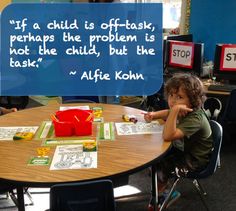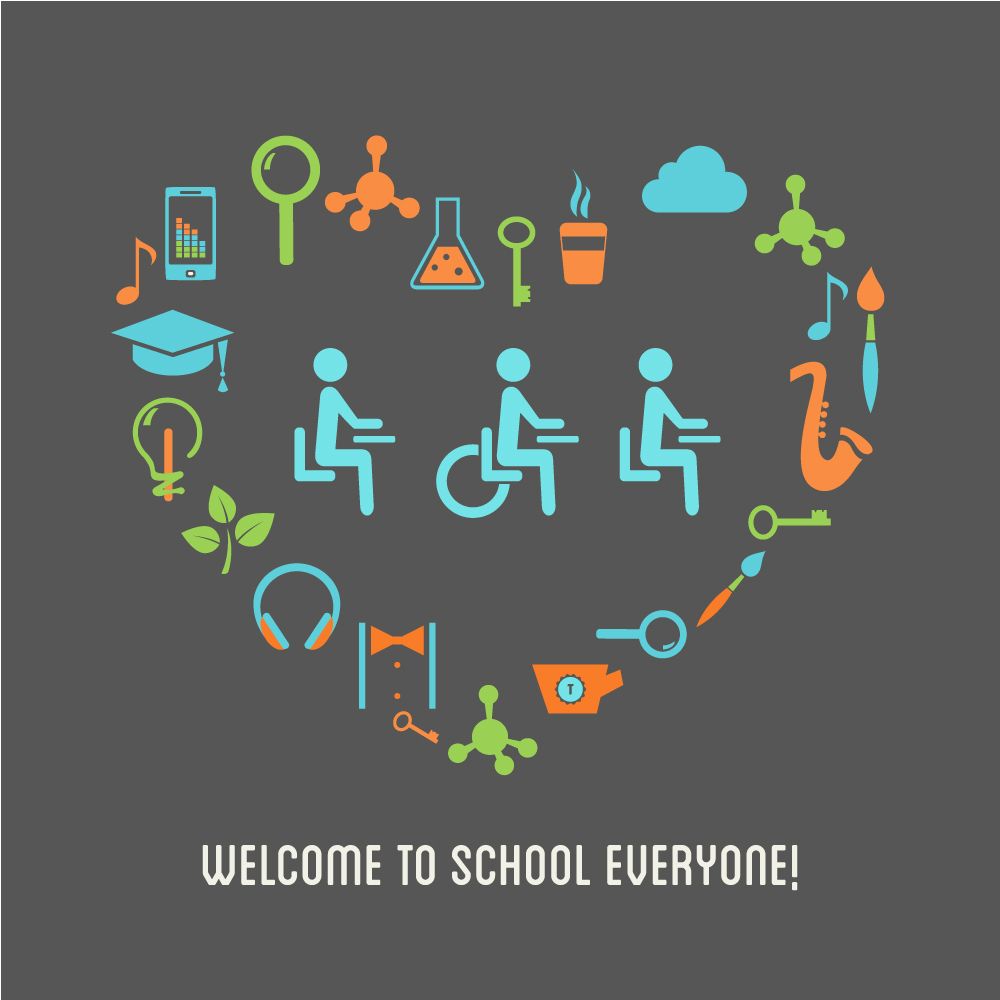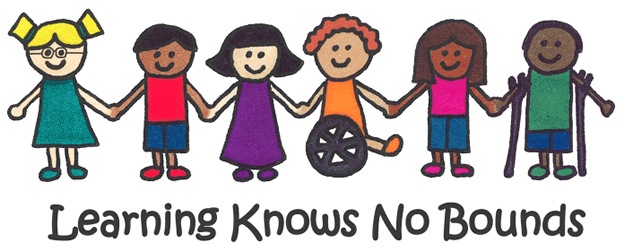HOW TO CREATE AN INCLUSIVE ENVIRONMENT FOR ALL CHILDREN
As an early learning professional, you are supporting healthy growth, development and learning of young children. You want all of the children in your care to be happy, healthy and prepared for school and for life. For most of them, healthy development, meaningful learning and positive behavior happen with a minimal amount of difficulty. Dealing with the exceptions can be frustrating and uncomfortable for everyone involved. It requires the utmost professionalism, patience and sensitivity to support successful outcomes.
Because the children enrolled in early learning and child care programs are so young, many children with special needs and/or challenging behavior do not have specific diagnoses when they are enrolled. Consequently, when a child appears to be 'out-of-the-box' in terms of development, learning and/or behavior, the first thought that might come to mind is "What's wrong with that child?" In the case when a child has already been diagnosed with a specific condition, then the question might be "Yikes! How do I deal with that?"
 Early intervention is extremely important and it can make a very big difference for children with special needs and/or challenging behavior. Making our programs as welcoming and inclusive as possible is truly important. The world in which the children in our care are growing up is becoming more and more global. Cultural sensitivity and anti-bias practices are essential in early learning programs.
Early intervention is extremely important and it can make a very big difference for children with special needs and/or challenging behavior. Making our programs as welcoming and inclusive as possible is truly important. The world in which the children in our care are growing up is becoming more and more global. Cultural sensitivity and anti-bias practices are essential in early learning programs.
Indeed, helping children develop tolerance, respect, sensitivity and a positive attitude about people who are different from themselves is as important as teaching them how to read and write. This includes children with special needs and/or challenging behavior.
It is important to note that many of the greatest minds who ever lived struggled with physical disabilities, learning differences, significant medical conditions, mood disorders, ADHD, behavior problems and other challenges when they were young. Think about it. It could very well be that with your support, a young child enrolled in your program might grow up to make a major contribution to the world.
Where to start and what to do
 So, a new child has been enrolled in your program, and it doesn't take very long before you realize that this child is different from her peers and you have a challenge on your hands. Your first thought might be something like "I don't have the training to deal with something like this" or "I shouldn't have to deal with this," or perhaps "Wouldn't this child be better off in a special program for children with special needs?" Your second thought is not unlikely to be "What do I need to do, and where do I start?"
So, a new child has been enrolled in your program, and it doesn't take very long before you realize that this child is different from her peers and you have a challenge on your hands. Your first thought might be something like "I don't have the training to deal with something like this" or "I shouldn't have to deal with this," or perhaps "Wouldn't this child be better off in a special program for children with special needs?" Your second thought is not unlikely to be "What do I need to do, and where do I start?"
Contrary to what you might think, your first course of action should not be to meet with the child's parents, tell them everything you believe is wrong with her, and ask them to have her assessed. That might need to happen, of course, but not just yet. Before you do anything else, take a little time to reflect on some "Ground Rules" that can help you in your work with all of your children, including and especially the child with special needs and/or challenging behavior.
The Ground Rules:
a. Remember that all children are precious and unique, including children with special needs and/or challenging behavior, and they all have something of value to contribute to the life of your class.
b. Pay attention. Objective observations are extremely useful to help you find creative ways to make your classroom inclusive and supportive.
c. Don't make assumptions.
d. Don't take this child's needs and behaviors personally.
e. Understand the importance of your own behavior and demeanor and take responsibility for it.
The thought of caring for a child with special needs and/or challenging behavior can be daunting for even the most experienced teacher. Remember that, despite their differences, all children are children first, and are more alike than they are different. Every child wants to learn, to have fun, to make friends and to be loved and accepted for who they are.
 Every child is unique, including children with the same diagnosis. Meeting the needs of a child with special needs and/or challenging behavior in the group environment takes patience, an open mind, and flexibility. With an optimistic attitude, an open mind, and a healthy dose of flexibility and creative planning, you can make a huge difference, not only for this child, but for the other children as well. They learn that differences are OK, and we can all support one another to be the best we can be. The sense of accomplishment you will feel will warm your heart and make you proud to be a teacher.
Every child is unique, including children with the same diagnosis. Meeting the needs of a child with special needs and/or challenging behavior in the group environment takes patience, an open mind, and flexibility. With an optimistic attitude, an open mind, and a healthy dose of flexibility and creative planning, you can make a huge difference, not only for this child, but for the other children as well. They learn that differences are OK, and we can all support one another to be the best we can be. The sense of accomplishment you will feel will warm your heart and make you proud to be a teacher.
For more information, try our online classes:
Cultural Diversity Introduction
Reading for Special Needs and English Language Learners
Supporting Children with Special Needs
The Guide to ADA and Special Needs
